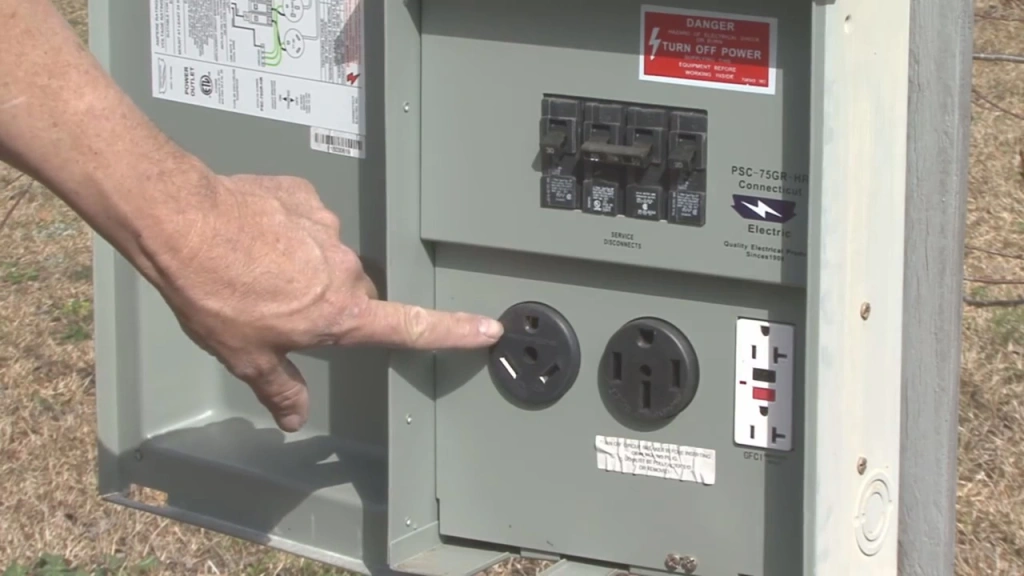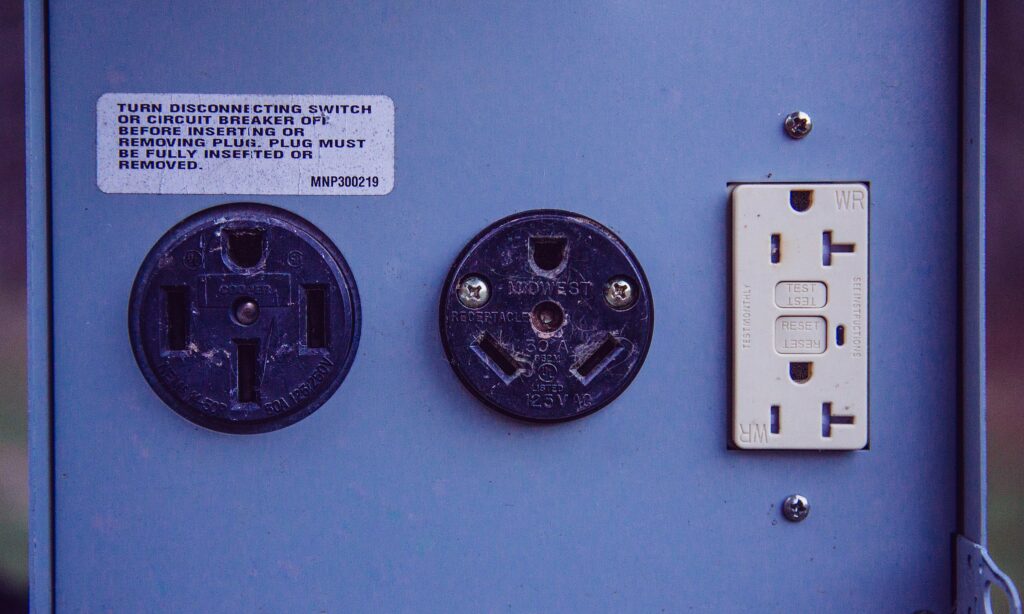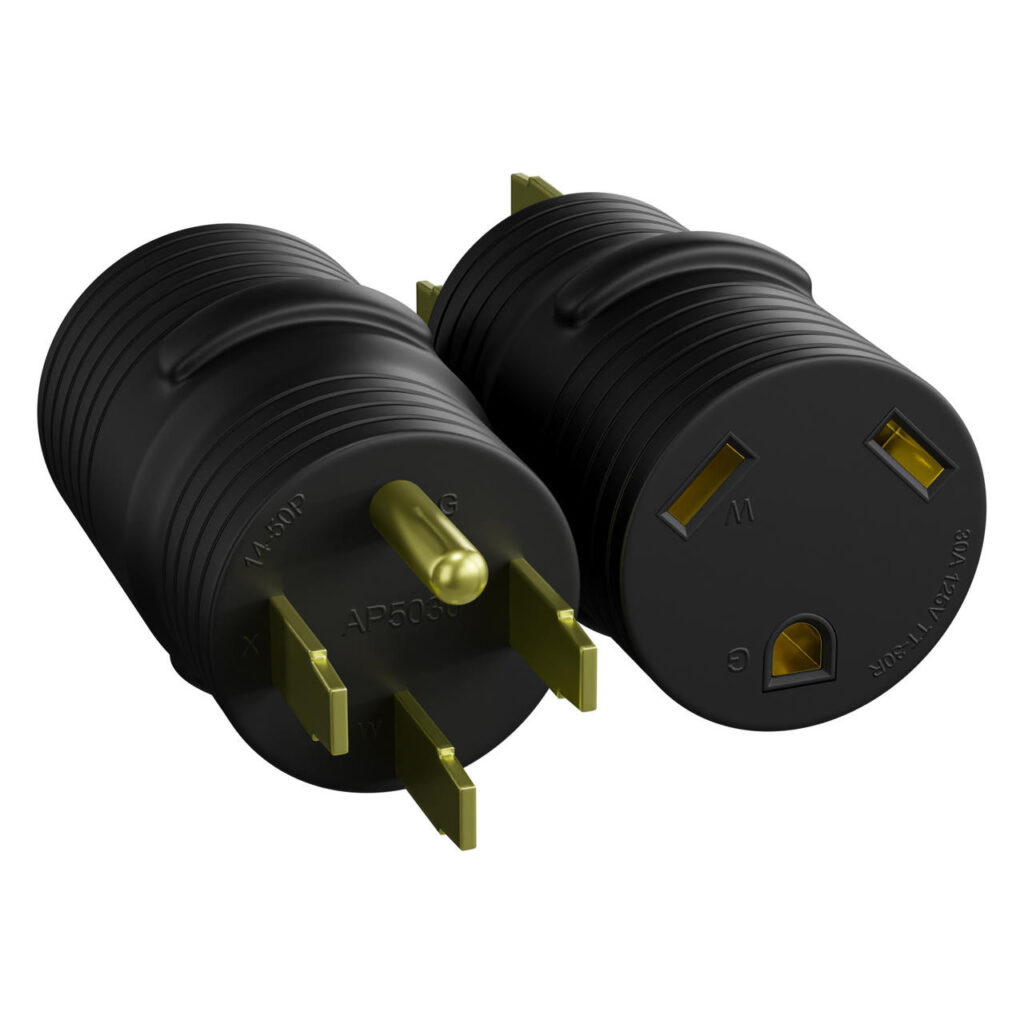
30 Amp vs 50 Amp RV: Which Power System Is Right for You?
Table of contents
- Understanding RV Electrical Systems Basics
- 30 Amp RV Systems: Features and Limitations
- 50 Amp RV Systems: Enhanced Power and Flexibility
- Comparing Appliance Usage: 30 Amp vs 50 Amp Plug
- Upgrading from 30 Amp to 50 Amp: Considerations and Process
- Adapters and Compatibility: Navigating Different Amp Services
- Generator Considerations for 30 Amp and 50 Amp RVs
- FAQs
Choosing between a 30 amp vs 50 amp RV power system is crucial for ensuring a comfortable and safe camping experience. Understanding the difference between 30 amp and 50 amp systems can significantly impact an RV owner’s ability to power various appliances and devices. This article provides a detailed comparison to help you make an informed decision about which power system suits your needs best.
Understanding RV Electrical Systems Basics
Before diving into the specifics of 30 amp vs 50 amp RV systems, it’s essential to grasp the fundamental concepts of RV electrical systems. Amps measure the amount of electric current flowing through a circuit, and they are a crucial factor in determining power consumption. Voltage refers to the electric potential difference, and wattage is the total power consumption, calculated as amps multiplied by volts.
In RVs, the electrical system’s amp service indicates the amount of current the system can handle. This is vital for campers because it determines how many and what types of appliances they can run simultaneously without tripping the circuit breaker.
30 Amp RV Systems: Features and Limitations
Features of 30 Amp RV Systems
A 30 amp RV system typically features a single 120-volt power feed, providing a total of 3,600 watts of power (30 amps x 120 volts). This setup is common in smaller RVs, such as travel trailers and fifth wheels, which do not require as much power as larger, more luxurious models.
Limitations of 30 Amp RV Systems
The primary limitation of a 30 amp system is its power capacity. With only 3,600 watts available, RV owners must be mindful of their power usage to avoid overloading the system. Running multiple high-wattage appliances simultaneously, such as air conditioners, microwaves, and electric heaters, can quickly exceed the system’s capacity, causing circuit breakers to trip.

50 Amp RV Systems: Enhanced Power and Flexibility
Features of 50 Amp RV Systems
A 50 amp RV system offers significantly more power, featuring a dual 120-volt feed that provides a total of 12,000 watts (50 amps x 120 volts x 2). This enhanced power capacity allows for greater flexibility and the ability to run multiple high-wattage appliances simultaneously without overloading the system.
Benefits for Larger or Luxury RV Models
50 amp systems are typically found in larger or luxury RVs, such as Class A motorhomes and high-end fifth wheels. These RVs often come equipped with more extensive and power-hungry amenities, such as multiple air conditioning units, residential refrigerators, and advanced entertainment systems. The increased power capacity of a 50 amp system ensures that these amenities can be used comfortably and safely.
Comparing Appliance Usage: 30 Amp vs 50 Amp Plug
Understanding what appliances and devices can be run on each system is crucial for RV owners. Here is a comparison of common RV appliances and their typical amp draws:
| Appliance | Typical Amp Draw |
|---|---|
| Air Conditioner | 15-20 amps |
| Microwave | 10-15 amps |
| Refrigerator | 5-10 amps |
| Electric Water Heater | 10-15 amps |
| Coffee Maker | 5-10 amps |
| Hair Dryer | 10-15 amps |
| Television | 1-2 amps |
| Toaster | 7-10 amps |
Managing Power Consumption
With a 30 amp system, careful management of power consumption is necessary. RV owners must prioritize which appliances to run simultaneously to avoid overloading the system. For instance, running an air conditioner and a microwave at the same time on a 30 amp system could trip the circuit breaker.
In contrast, a 50 amp system provides more flexibility, allowing multiple high-wattage appliances to run simultaneously without the same risk of overloading. This makes it ideal for larger RVs with more extensive electrical needs.
Upgrading from 30 Amp to 50 Amp: Considerations and Process
Factors to Consider
Before upgrading from a 30 amp to a 50 amp system, RV owners should consider several factors, including cost, installation process, and potential modifications needed. Upgrading to a 50 amp system can be a significant investment, but it offers substantial benefits in terms of power capacity and flexibility.
Installation Process
The installation process involves replacing the existing power inlet and wiring with components rated for 50 amps. This often requires professional installation to ensure safety and compliance with electrical codes. Additionally, RV owners may need to upgrade their power distribution panel and circuit breakers to handle the increased load.
Benefits and Drawbacks
Upgrading to a 50 amp system provides significant benefits, including the ability to run more appliances simultaneously and reduced risk of overloading the electrical system. However, the upgrade can be costly and may require extensive modifications to the RV’s electrical system.
Adapters and Compatibility: Navigating Different Amp Services
Using Adapters
RV owners can use adapters to connect their RVs to campground power pedestals with different amp services. For instance, a 50 amp RV can be connected to a 30 amp service using a 30 amp vs 50 amp plug adapter. However, this limits the power available to the RV to 30 amps, requiring careful management of power consumption.
Safety Considerations
When using adapters, it’s crucial to consider safety and avoid overloading the electrical system. Adapters should be used with caution, and RV owners should always ensure that their electrical connections are secure and in good condition to prevent electrical hazards.
Surge Protectors
Surge protectors are essential for protecting RV electrical systems from power surges and fluctuations. Whether using a 30 amp or 50 amp system, RV owners should invest in a high-quality surge protector to safeguard their appliances and devices.

Generator Considerations for 30 Amp and 50 Amp RVs
Selecting a Generator
Choosing the right generator for your RV depends on the electrical system and power needs. For a 30 amp RV, a generator with a capacity of at least 3,600 watts is necessary. For a 50 amp RV, a generator with a capacity of at least 12,000 watts is recommended to ensure sufficient power for all appliances.
Calculating Generator Capacity
To calculate the required generator capacity, RV owners should sum the wattage of all appliances they intend to run simultaneously. This helps ensure the generator can handle the load without overloading.
Efficient Generator Use
Running RV appliances on generator power requires careful management to avoid exceeding the generator’s capacity. RV owners should prioritize essential appliances and avoid running multiple high-wattage devices simultaneously.
FAQs
Does my RV need 30 or 50 amps?
Determining whether your RV needs 30 or 50 amps depends on its size, appliances, and intended use. Smaller RVs with fewer electrical demands typically require 30 amps, while larger or luxury RVs with more extensive amenities need 50 amps. Check your RV’s specifications and consult with manufacturers or dealers for guidance.
What can I run on a 30 amp in my RV?
On a 30 amp system, you can run appliances such as a single air conditioner, microwave, refrigerator, and small electronics. However, you need to manage power consumption carefully to avoid overloading the system. Prioritize essential appliances and avoid running multiple high-wattage devices simultaneously.
Can you run a 50 amp RV off a 30 amp generator?
Running a 50 amp RV on a 30 amp generator is possible using a 30 amp vs 50 amp plug adapter, but it limits the power available to 30 amps. This requires careful management of power consumption and prioritization of essential appliances to avoid overloading the generator.
What’s the difference between 30 amps and 50 amps?
The main difference between 30 amps and 50 amps is power capacity. A 30 amp system provides 3,600 watts, suitable for smaller RVs with fewer electrical demands. A 50 amp system offers 12,000 watts, ideal for larger or luxury RVs with more extensive amenities. The dual 120-volt feed in a 50 amp system allows for running multiple high-wattage appliances simultaneously.
By understanding the key differences between 30 amp vs 50 amp RV systems, you can make an informed decision about which power system is right for you. Whether you choose a 30 amp or 50 amp system, proper management of power consumption and safety considerations are crucial for a safe and comfortable RV experience.
Secure Your RV with Custom Skirting Today!
Protect Your RV with the Nation’s #1 RV Skirting Solution!
Choosing between a 30 amp and 50 amp RV system is crucial for ensuring your RV’s electrical needs are met. But don’t stop there—make sure your RV is protected year-round with our custom-tailored RV skirting. We provide on-site blueprinting to guarantee a perfect fit, using our exclusive “No-Snap, No-Gap” channel system that outperforms any other product on the market. Tested in the harshest winters across North America, our skirting is designed to shield your RV from water, snow, and wind, ensuring it stays in top condition for years to come.
Book your Custom Skirting today and experience unmatched protection and convenience for your RV!
